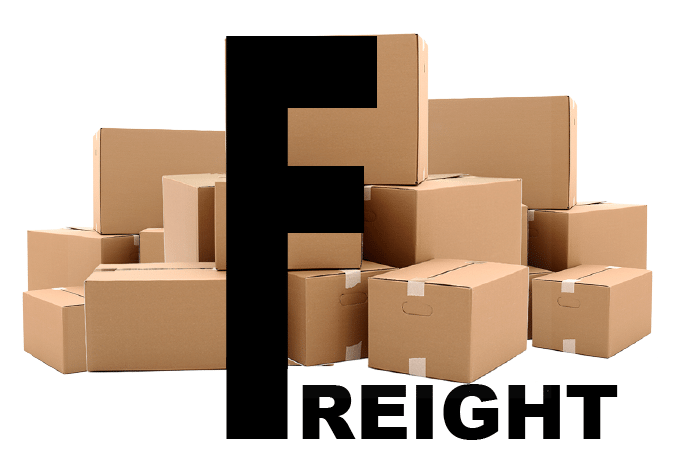In my last post, I talked about drayage. What it is, how to calculate your drayage budget, and some of the in’s and outs of what to do to minimize your expenses (hyperlink to last month’s post). This month I’m focusing on how to get your stuff TO the show venue. Getting it home is a whole different trick and we’ll talk about that next month.
Shipping, it seems simple enough. Right? Pack your stuff in a box, tape it and address it. Call your preferred carrier and off it goes – “see you at the show Stuff! Safe travels!”
Ahhh, if only it were that easy.

The problem is that in most cases you need your stuff to arrive at an advance warehouse several weeks before the show actually starts. Hopefully, you’ve carefully planned out what you’re sending and the fact that your materials need to leave six weeks in advance of the actual show date is no problem for you.
Usually, shipping your materials to the advance warehouse is the most cost-effective and efficient option for getting your materials to the show. Be sure to check your exhibitor kit for the accepted delivery dates for your event. There’s usually a 3-4 week time window where freight will be accepted in advance of the show.
Alternately you may ship your materials direct to show – but shipper beware of the in’s and out’s of “target” that I talked about last month, as well as the challenge of tracking freight on the show floor.
In either scenario, most General Service Contractors (GSC’s) will notify you via email when materials are received that have been addressed to your organization. It’s now that you realize that having the tracking number along with a description of what’s in each box is business critical.
To minimize the chance of your freight going astray, follow these simple rules BEFORE your shipment departs your facility:
- CLEARLY mark every single package with your company name, booth number, contact name, and contact mobile phone number. Make your life easy and use the templates that the GSCs provide in your exhibitor kit. It’s a no-brainer!
- Record the tracking numbers of each shipment and what is IN the shipment on a spreadsheet. There’s nothing worse than trying to sort through a sea of brown corrugate trying to figure out what boxes are missing and, oh yeah, what’s in the boxes while on site.
- Make your boxes easy to identify by putting your company logo or other identifiers on the outside of each one. Your brain will instantly look for artwork over messaging when faced with thousands of boxes.
- Keep the phone number for your carrier on-hand. If you don’t have access to the internet, most are happy to help you over the phone.
- Use a freight company that has experience with trade shows. Delivering to the advance warehouse or direct to show site is completely different than delivering to a home or office with different rules and restrictions. Make sure your carrier is aware of the process especially when delivering directly to show and they have to go through the Marshalling yard.
Now that your freight is safe and sound and has been delivered to the booth, you’re ready to set-up and get your team on the path to having a great show. For you, the time has come to plan the outbound. In next month’s bag of tricks, I’ll explain how to get your freight home with the least amount of stress for you.
 Sarah Markfield’s first job out of college was working for a firm in England that didn’t know what to do with the “Yank” that turned up on their doorstep. She was quickly assigned to manage an event in Geneva, Switzerland because she could speak French. Trade shows and events have taken Sarah all over the US and Europe. Today she manages customer communications and social media for a large print technology manufacturer and continues to work on trade show messaging, brand compliance and external communications including PR and social media.
Sarah Markfield’s first job out of college was working for a firm in England that didn’t know what to do with the “Yank” that turned up on their doorstep. She was quickly assigned to manage an event in Geneva, Switzerland because she could speak French. Trade shows and events have taken Sarah all over the US and Europe. Today she manages customer communications and social media for a large print technology manufacturer and continues to work on trade show messaging, brand compliance and external communications including PR and social media.











